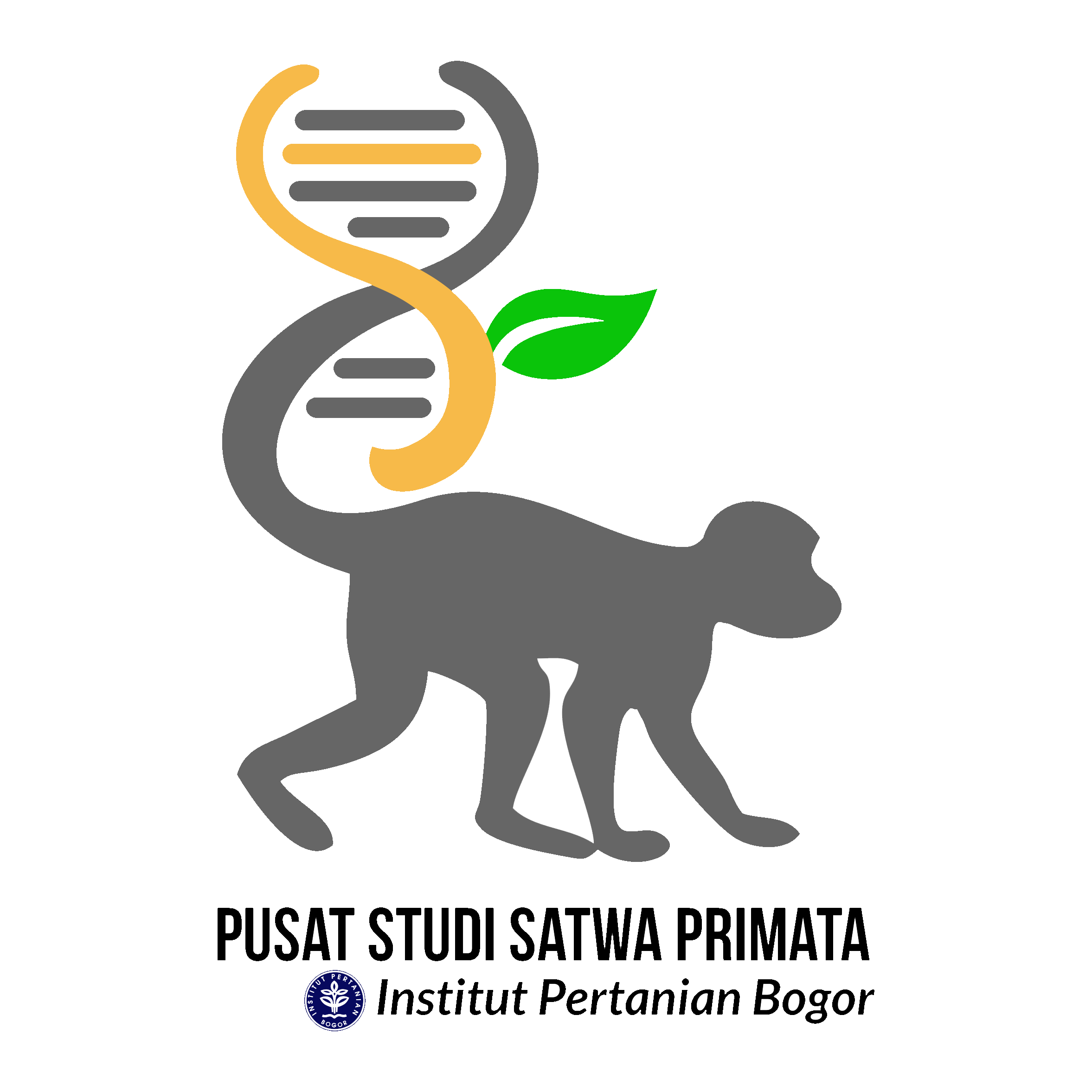Gen expression of Bax and Bcl-2 in Cynomolgus monkeys (Macaca fascicularis) as animal model for Papillomavirus study
Abstract
Cervical cancer is one of the fourth cancers in the world that occurs in women. Papillomavirus infection has been reported as one of the causative agents of cervical cancer. Apoptotic mechanism is one of the signs of cancer. Cynomolgus monkeys have been widely used as animal models in biomedical research because they are similar to humans in terms of genetics, anatomy, and physiology compared to other animals. Previous studies reported that cynomolgus monkeys have undergone spontaneous infection by papillomavirus, but this infection did not show the phenomenon of cervical cancer. This study aimed to evaluate the prediction of papillomavirus-infected cervical cancer through apoptotic mechanisms regulated by Bax and Bcl-2 genes. Gene expression was performed in this study using Real-Time PCR technique. The results showed an increase in Bax and Bcl-2 gene expression in positive group cynomolgus monkeys with papillomavirus infection. Bcl-2 as anti-apoptotic gene expression increased significantly higher than Bax as pro-apoptotic gene. Bax and Bcl-2 have potential as biomarkers to predict the phenomenon of cervical cancer in cynomolgus monkeys with papillomavirus infection.
Copyright (c) 2024 Indonesian Journal of Primatology

This work is licensed under a Creative Commons Attribution-NonCommercial 4.0 International License.
As our aim is to disseminate original research articles, hence publishing rights is necessary. The publishing right is needed in order to reach an agreement between the author and publisher. As the journal is fully open access, the authors will sign an exclusive license agreement, where authors have copyright but license exclusive publishing rights in their article to the publisher. The authors have the right to:
- Share their article in the same ways permitted to third parties under the relevant user license.
- Retain patent, trademark, and other intellectual property rights including research data.
- Proper attribution and credit for the published work.
For the open access article, the publisher is granted the following rights.
- The exclusive right to publish the article, and grant rights to others, including for commercial purposes.
- For the published article, the publisher applied for the Creative Commons Attribution-NonCommercial-ShareAlike 4.0 International License.

This work is licensed under a Creative Commons Attribution-ShareAlike 4.0 International License.















